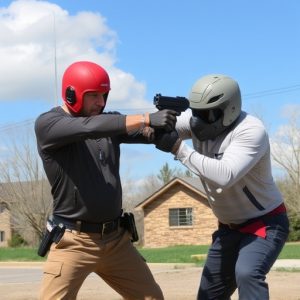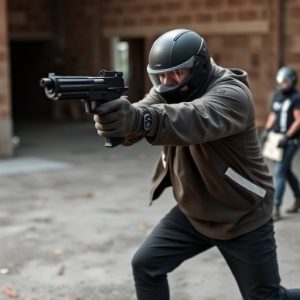Concealed Stun Gun Detection: Challenges & Future Technologies
In today's digital age, law enforcement faces challenges detecting concealed stun guns, especia…….
In today's digital age, law enforcement faces challenges detecting concealed stun guns, especially compact models designed for smaller hands, despite technological advancements like metal detectors and thermal imaging. This issue prompts agencies to seek more effective means of detection in high-risk areas for enhanced public safety. While some stun guns have distinct shapes or triggers, many modern, non-metallic designs resemble everyday objects, making manual inspections error-prone. Advanced sensor technologies, real-world data updates, and AI/machine learning innovations are key to overcoming these challenges, particularly regarding the best stun guns for small hands.
In an era where personal safety is paramount, concealed stun gun detection emerges as a critical concern. As stun guns, often favored for their compact size and ease of use—especially by those with smaller hands—become more prevalent, identifying these devices presents unique challenges for law enforcement and security personnel. This article delves into the current landscape of concealed stun gun detection, explores the hurdles faced in identifying these weapons, and examines best practices alongside promising future technologies aimed at enhancing safety.
- Concealed Stun Gun Detection: The Current Landscape
- Challenges in Identifying Stun Guns for Law Enforcement and Security
- Best Practices and Future Technologies for Stun Gun Detection
Concealed Stun Gun Detection: The Current Landscape
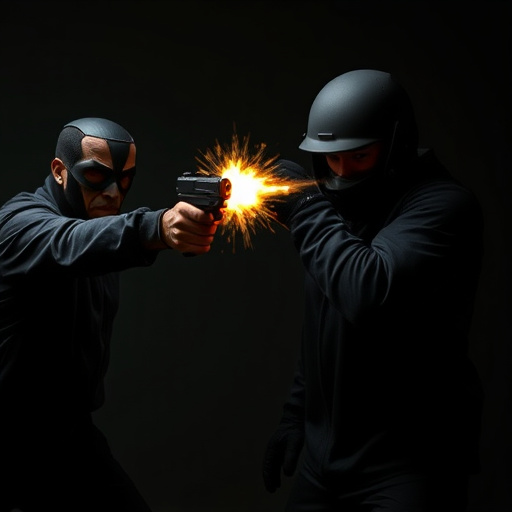
In today’s world, concealed stun gun detection has become a pressing concern for law enforcement and public safety officials. With advancements in technology, identifying hidden stun guns has evolved from manual pat-downs to more sophisticated methods like advanced metal detectors and thermal imaging devices. However, despite these improvements, there remain challenges, particularly when it comes to compact weapons designed for smaller hands.
One area of focus is the detection of best stun guns for small hands, which often possess discreet designs that can evade standard security measures. These compact stun guns pose a unique challenge due to their size and weight—they can easily be concealed in pockets or hidden beneath clothing. As such, law enforcement agencies are continually seeking more effective means to identify these weapons during routine checks or at entry points, ensuring public safety in high-risk environments.
Challenges in Identifying Stun Guns for Law Enforcement and Security
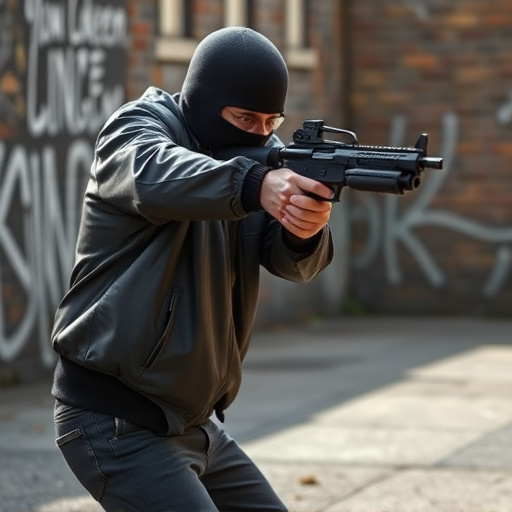
Detecting concealed stun guns presents unique challenges for law enforcement and security personnel. One of the primary difficulties lies in the diverse range of stun gun designs and sizes available, making it hard to identify a universal signature or pattern. While some models may have distinct shapes or triggers that could aid in detection, many modern stun guns are designed with compactness and discretion in mind, often resembling everyday objects like flashlights or keychains, posing a significant obstacle for officers on the ground.
Additionally, the effectiveness of metal detectors in identifying stun guns is debatable. Traditional metal detectors may not always trigger due to the non-metallic components frequently used in stun gun construction. This requires officers to rely on visual inspection and their understanding of various devices, which can be time-consuming and prone to human error. Moreover, the best stun guns for small hands often prioritize size and weight, further complicating matters, as these attributes make them less likely to set off standard security measures.
Best Practices and Future Technologies for Stun Gun Detection
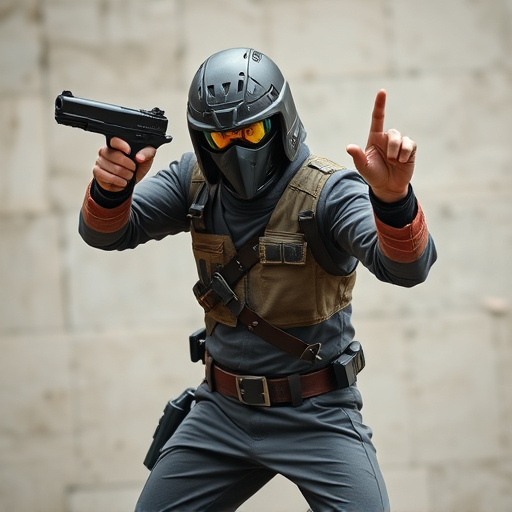
In terms of best practices, enhancing stun gun detection involves a multi-faceted approach. One key strategy is to invest in advanced sensor technologies that can accurately identify the unique electrochemical signatures of stun guns. These sensors should be capable of detecting both conventional and hidden stun devices, ensuring comprehensive coverage. Additionally, regular updates to detection algorithms based on real-world data are essential to counter evolving stun gun designs.
Looking ahead, future technologies in stun gun detection promise significant improvements. For instance, artificial intelligence (AI) and machine learning algorithms can analyze vast datasets to recognize patterns indicative of stun guns, even when concealed. Integrating these AI-driven systems with wearable devices or security infrastructure could enable real-time alerts for potential threats, specifically targeting the best stun guns for small hands due to their compact size and discreet nature. Such innovations underscore the dynamic nature of stun gun detection technology, continually adapting to address emerging concerns.
As we’ve explored, concealed stun gun detection presents significant challenges for law enforcement and security personnel. Despite current technologies, identifying stun guns among various objects remains difficult. However, by adopting best practices such as thorough pat-downs and utilizing innovative future technologies like advanced scanning devices, we can enhance safety and effectiveness. When selecting stun guns, considering the best models designed for small hands can improve accessibility and comfort for officers, ensuring they are equipped to handle these nuanced scenarios effectively.

